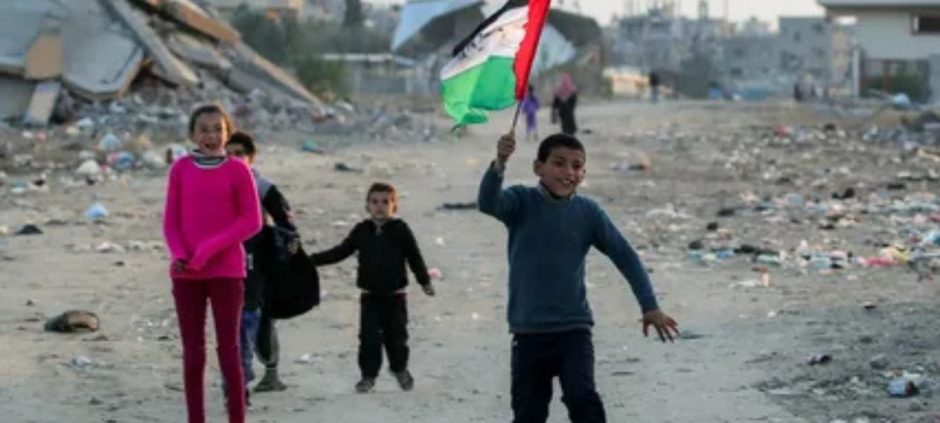Gaza after ceasefire is a fragile blend of hope and heartbreak. Streets once filled with fear now echo with cautious footsteps as families return to rebuild what little remains. For many, the ceasefire has brought a long-awaited calm, but the emotional and physical wounds run deep.
The Gaza ceasefire has allowed displaced residents to return to their neighborhoods, where damaged homes and collapsed schools tell stories of loss and survival. Vendors are reopening small shops amid broken walls, and children play near ruins that once were playgrounds. Despite the destruction, there’s a shared desire among people to reclaim normalcy, even if the road ahead is uncertain.
In recent weeks, aid convoys have entered Gaza, offering medical supplies, food, and temporary shelter. Hospitals remain overwhelmed with patients, and power shortages continue to affect basic services. Still, every small sign of recovery feels monumental. The ceasefire has given humanitarian workers a window to act quickly before tensions can resurface.
The Gaza peace agreement of 2025 played a crucial role in shaping this fragile calm. As part of the deal, a prisoner swap helped ease long-standing tensions between the conflicting sides. According to reports, these steps have opened the door for renewed dialogue and regional cooperation aimed at long-term peace.
Life remains far from easy. Many families still sleep in tents or half-constructed buildings, struggling to find clean water and reliable electricity. Schools operate on limited schedules, and mental health challenges are becoming increasingly visible, especially among children. Yet amid exhaustion and uncertainty, the will to survive stands strong.
The Gaza ceasefire may have silenced the sounds of war, but the battle to rebuild continues every day. From clearing debris to restoring hope, Gazans are proving that peace is not just the absence of conflict, it’s the courage to start over.











